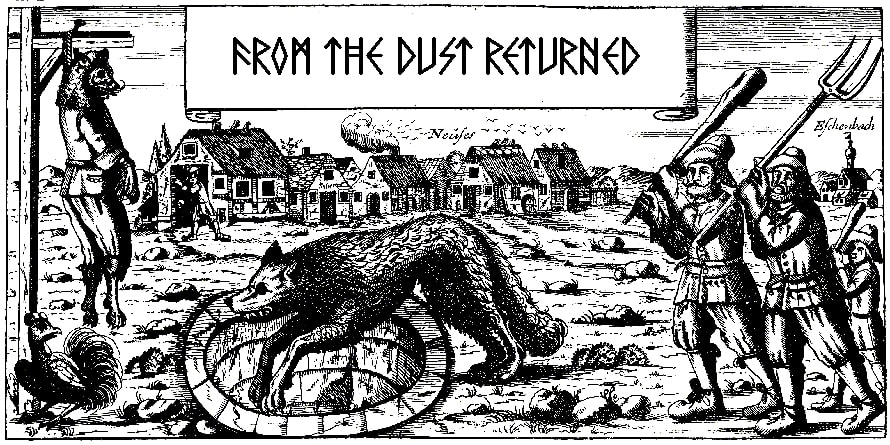 It's all about the stare. The stare that has persevered eight decades, terrifying or enchanting many generations of new fans to the Universal pictures classic Dracula. Bela Lugosi, who was very nearly NOT cast in the role (imagine that), brought his stage vampire persona to the big screen adaptation of Stoker's masterpiece and the rest is cinema history. How many times has his heavily accented Romanian inflection met reprisal through celebration or caricature? How many pale, ghoulish gentlemen do you witness at your average Halloween get together sporting capes, fake fangs and blood dribbled on their chins like a bite of an errant bite of raspberry pastry? They owe it all to this particular film, whether they're die hard advocates of the Bram Stoker text or True Blood aficionados trying to be all cute.
It's all about the stare. The stare that has persevered eight decades, terrifying or enchanting many generations of new fans to the Universal pictures classic Dracula. Bela Lugosi, who was very nearly NOT cast in the role (imagine that), brought his stage vampire persona to the big screen adaptation of Stoker's masterpiece and the rest is cinema history. How many times has his heavily accented Romanian inflection met reprisal through celebration or caricature? How many pale, ghoulish gentlemen do you witness at your average Halloween get together sporting capes, fake fangs and blood dribbled on their chins like a bite of an errant bite of raspberry pastry? They owe it all to this particular film, whether they're die hard advocates of the Bram Stoker text or True Blood aficionados trying to be all cute.Yes, Lugosi's brightly lit, mind controlling glare might be the single most pertinent image that stands to memory here, but Dracula is loaded with beautiful set pieces, elegant design and a traditional 'haunted castle' aesthetic that, while cheesy in retrospect, was quite impressive for its day. A giant cobweb serves to set up a metaphor from the Count about the relationship of prey and predator, it's architect then scuttling up the far wall. Floppy, fake bats are near constants in the film, usually the Count himself on a house call. Wolves howl off in the distance, setting up one of the greatest lines in all film: 'Listen to them. Children of the night. What music they make.' Both the Transilvanian and Carfax Abbey, London locales are efficaciously Gothic, ripe with a foreboding grandeur that feels timeless despite being filmed a grandparent's lifespan ago. And let us not forget the omnipresent fog. I'm a huge fan of black/white films for their lighting. Hell, I might live in a black and white world if given the opportunity, so naturally I revel in this.
If Dracula feels like a stage production with a set no Broadway venue could hold, that's really what it was. Film had only recently begun to evolve out of the silent features of the 20s, and thus a good portion of this functions on imagery alone. In particular I really enjoyed the sweeping, ominous motions of Dracula's wives, the iconic still shot of the castle, or the scene of Dracula and Mina confronting Renfield on the old stone stair while he pleads for his life. This movie is over eighty years old, so a lot of its horrors were 'implied'. For example, we don't actually see the vampire's bites, he'll usually just lean over a victim and then it cuts to the next scene. We hear screams off in the backdrop, and have to guess what might be happening.
A classic, to be sure, but I do have some quips with the film, even allowing for its age. For one, the final death scene of Dracula is not played dramatically, but anticlimactically: the practical staking at the hands of Edward Van Sloan's Van Helsing. This might honestly seem a 'realistic' approach, but considering how much time was just spent building up this powerful, mythic figure, a closing 'glare' or a few spit lines of dialogue might have seemed more consistent approach. Also, some of the sea footage was borrowed from a previous reel (The Storm Breaker, 1925) and I might have lived without the clip of Tchaichovsky's "Swan Lake" over the opening credits. These are minor details, granted, and the studios of cinema antiquity had to make budget decisions like this, could not likely afford a full original score, etc, but it still seems the equivalent of finding a hair in your soup, that anything was derived from an outside source.
Fortunately, you can actually watch this today with the Philip Glass score commissioned in 1998, for which he used the Kronos Quartet. Purists will probably avoid this like the plague, and yet I can't help but feel Glass did a stellar job here and it should not be ignored. At the very least, it helps distract the modern audience away from some of the old tape hiss in the audio which might turn off those used to the advancements in the medium. But either way, Dracula deserves every iota of praise it receives, for it is unquestionably one of the most influential works of Hollywood in the 20th century. Is it better than its blood sucking predecessor, Nosferatu? That I cannot say, because F.W. Murnau's silent epic is far more resonant and horrifying to me personally. As much as I enjoy Lugosi's shit-eating grin and Carpathian charm, he is no Max Schreck (but then, no one is). In the end, though Dracula is undeniable a work of wonder, its magic forever engraved upon the consciousness of pop culture within its horror genre and beyond.
Verdict: Epic Win [9.25/10]

No comments:
Post a Comment